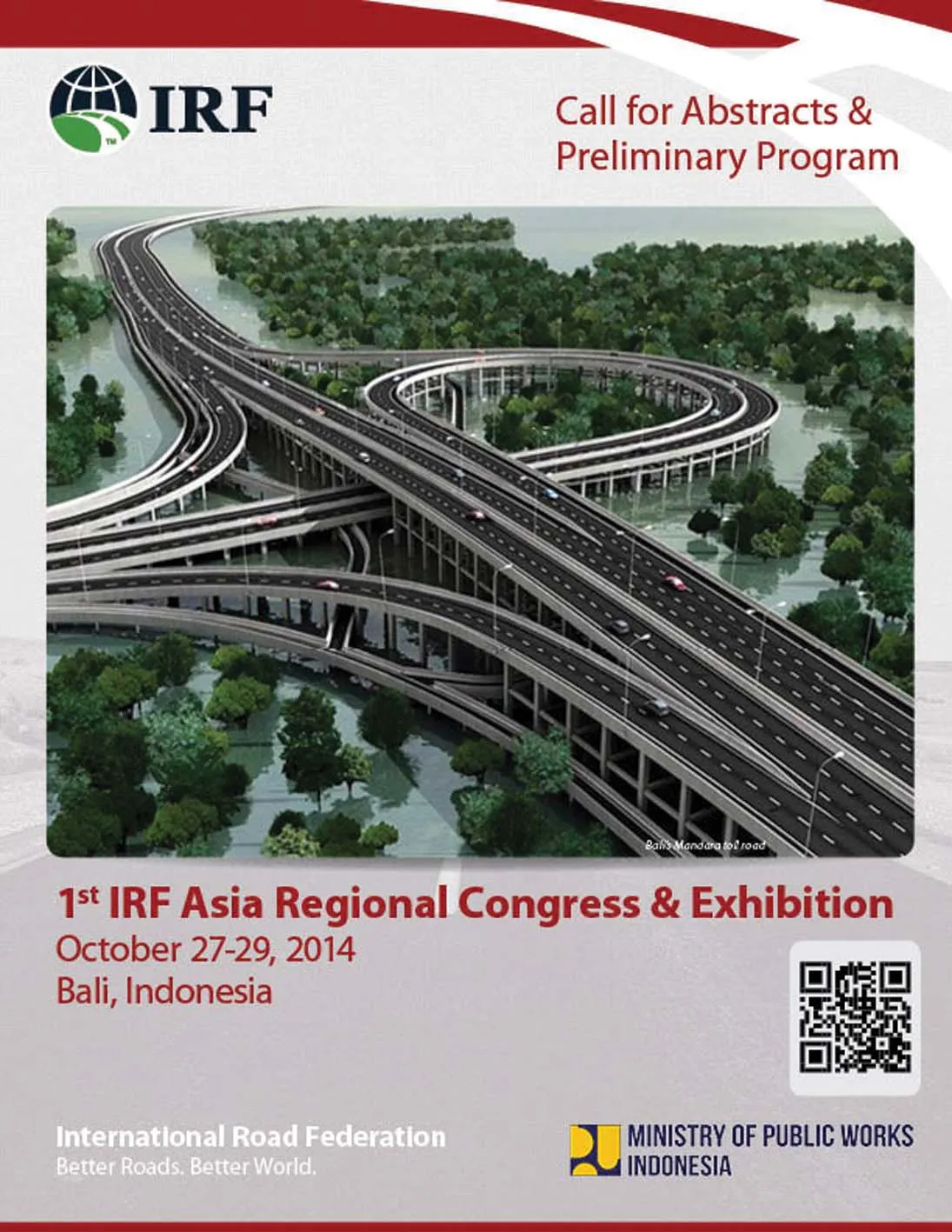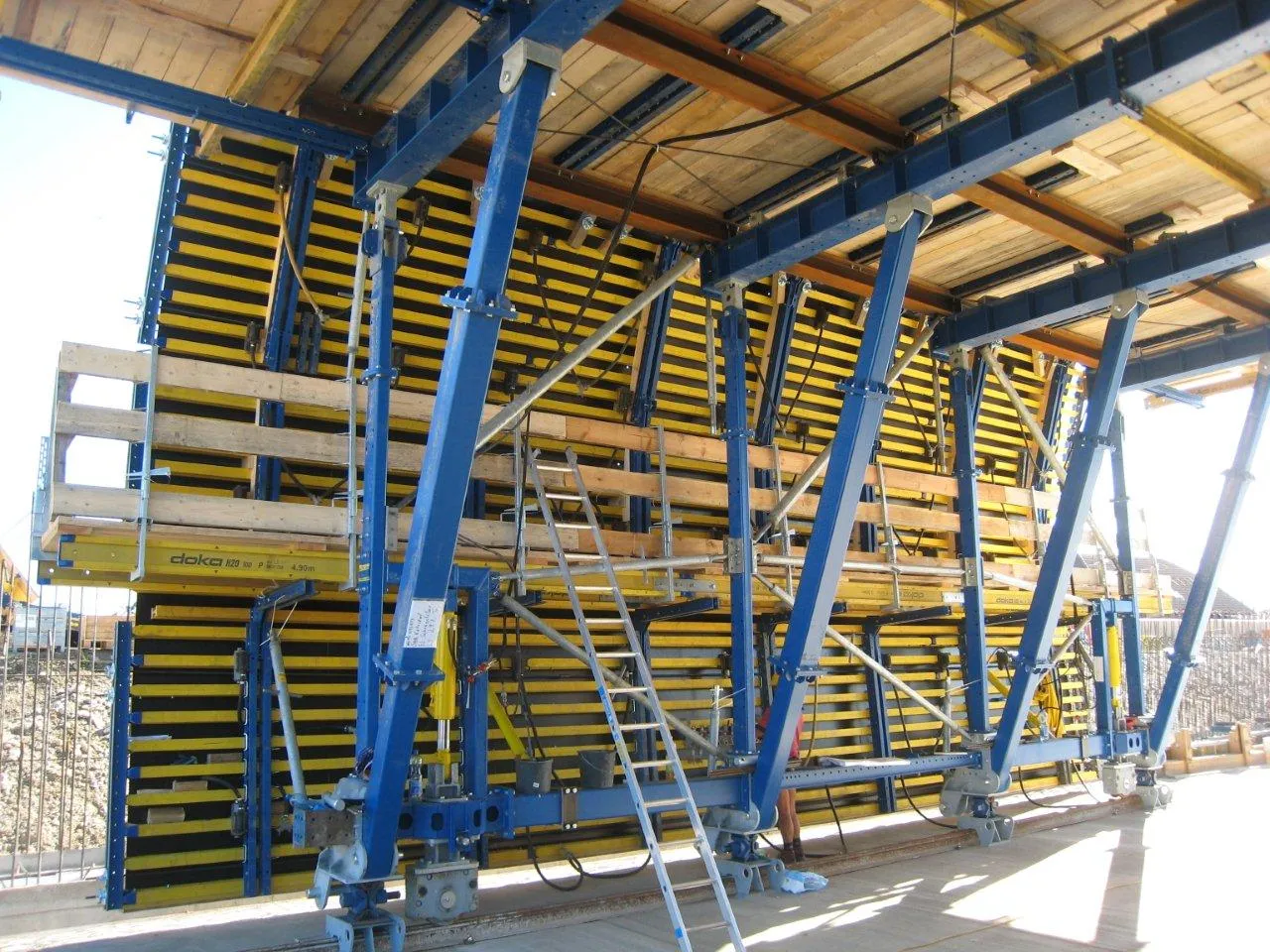Approval for a US$50 million loan to develop a highway stretch in Armenia has been given by the Asian Development Bank (ADB). The loan will be used to upgrade the M6 Highway from Vanadzor in Armenia to the country’s border with Georgia at Bagratashen. The route is one of the most strategic roads for internal and external trade for landlocked Armenia while it also lies close to the country’s border with Azerbaijan. The upgrading of this highway will also provide an important link to the Black Sea Ring Road p
November 4, 2016
Read time: 3 mins
Approval for a US$50 million loan to develop a highway stretch in Armenia has been given by the Asian Development Bank (ADB). The loan will be used to upgrade the M6 Highway from Vanadzor in Armenia to the country’s border with Georgia at Bagratashen. The route is one of the most strategic roads for internal and external trade for landlocked Armenia while it also lies close to the country’s border with Azerbaijan. The upgrading of this highway will also provide an important link to the %$Linker: 2 Internal <?xml version="1.0" encoding="utf-16"?><dictionary /> 2 27889 0 oLinkExternal Black Sea Ring Road project Visit WH story page false /sections/emergent/features/black-sea-countries-complete-preparations-for-implementation-of-black-sea-ring-project/ false false %>.
Jiangbo Ning, principal transport specialist with ADB’s Central West Asia Regional Department commented, “Road transport plays an important role in the national economy of Armenia, which relies heavily on trade with neighboring countries like Georgia. ADB supports the government’s priority to develop and increase the efficiency of the transport system as a prerequisite for economic growth, and for increased access to social and economic services.”
The M6 highway provides a key link between Armenia and Georgia, providing the shortest route between the respective capitals: Yerevan and Tbilisi. In 2014, the Bagratashen border crossing handled 850,000 tonnes of import and export freight. This is close half of the country’s total import freight tonnage and goods by road.
The need for an upgrade to the highway is acute as its condition is poor in places. According to the ADB, some structures are dangerous and need to be rebuilt immediately. Every year, landslides, flooding, falling rocks, and heavy snowfall cause road closures. These factors have also contributed to a poor safety record.
These problems are mainly attributed to a lack of maintenance due to limited maintenance, old road design and technical specifications, and a lack of qualified human resources and contractors, as well as consulting companies with the necessary knowledge and skills to conduct maintenance.
The project will rehabilitate and upgrade 51.5km of the total 90km of the two-lane M6 highway. Upgrades for the remaining 38.5km will be financed by the European Investment Bank (EIB). Facilities and safety along and in the vicinity of this road section in northern Armenia will be improved, and the institutional capacity of the Ministry of Transport and Communications will be strengthened.
ADB is also providing additional support to help the Armenian Government take steps to increase the budget allocation for road maintenance.
Jiangbo Ning, principal transport specialist with ADB’s Central West Asia Regional Department commented, “Road transport plays an important role in the national economy of Armenia, which relies heavily on trade with neighboring countries like Georgia. ADB supports the government’s priority to develop and increase the efficiency of the transport system as a prerequisite for economic growth, and for increased access to social and economic services.”
The M6 highway provides a key link between Armenia and Georgia, providing the shortest route between the respective capitals: Yerevan and Tbilisi. In 2014, the Bagratashen border crossing handled 850,000 tonnes of import and export freight. This is close half of the country’s total import freight tonnage and goods by road.
The need for an upgrade to the highway is acute as its condition is poor in places. According to the ADB, some structures are dangerous and need to be rebuilt immediately. Every year, landslides, flooding, falling rocks, and heavy snowfall cause road closures. These factors have also contributed to a poor safety record.
These problems are mainly attributed to a lack of maintenance due to limited maintenance, old road design and technical specifications, and a lack of qualified human resources and contractors, as well as consulting companies with the necessary knowledge and skills to conduct maintenance.
The project will rehabilitate and upgrade 51.5km of the total 90km of the two-lane M6 highway. Upgrades for the remaining 38.5km will be financed by the European Investment Bank (EIB). Facilities and safety along and in the vicinity of this road section in northern Armenia will be improved, and the institutional capacity of the Ministry of Transport and Communications will be strengthened.
ADB is also providing additional support to help the Armenian Government take steps to increase the budget allocation for road maintenance.







